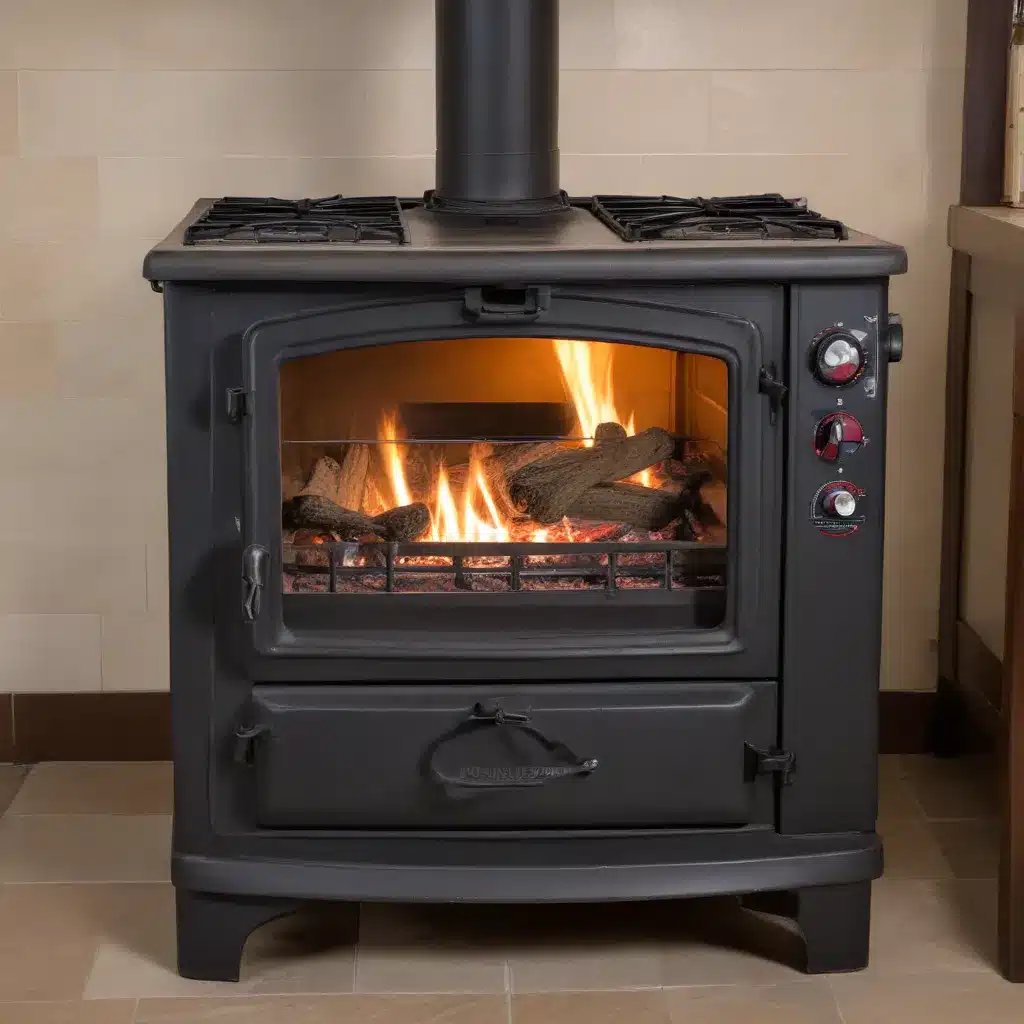
Understanding the Nuances of Stove Certification and Regulations
As a seasoned expert in the field of wood stoves and heating solutions, I’ve gained extensive knowledge about the intricate world of stove certification standards. These standards play a crucial role in ensuring the safety, efficiency, and environmental impact of wood-burning appliances, but navigating the complexities can be daunting for both homeowners and industry professionals.
The Importance of Stove Certification
Wood stoves and fireplaces have long been a popular choice for home heating, providing a cozy ambiance and a reliable source of warmth. However, the use of these appliances also comes with inherent risks, such as the potential for fire hazards, indoor air pollution, and inefficient energy consumption. This is where stove certification standards come into play, acting as a safeguard to mitigate these concerns.
Certification standards, such as those set by the Environmental Protection Agency (EPA) and the Canadian Standards Association (CSA), establish stringent guidelines for the design, construction, and performance of wood-burning appliances. These standards ensure that stoves and fireplaces meet strict criteria for emissions, efficiency, and safety, protecting both homeowners and the environment.
The Evolution of Stove Certification
The development of stove certification standards has been an ongoing process, with regulations constantly evolving to keep pace with technological advancements and environmental concerns. In the early 1990s, the EPA introduced the first set of emission standards for wood stoves, known as the “EPA Certified” program. This landmark regulation aimed to reduce particulate matter emissions, a significant contributor to air pollution.
Over the years, these standards have been refined and expanded to include more comprehensive criteria, such as efficiency ratings, fuel-loading mechanisms, and safety features. The 2020 EPA NSPS (New Source Performance Standards) regulations, for instance, have further tightened emission limits and introduced new testing protocols to ensure that wood-burning appliances meet the highest levels of environmental and safety performance.
Understanding the Certification Process
Obtaining stove certification is a complex and multifaceted process that involves extensive testing and evaluation. Manufacturers must submit their products to accredited laboratories, where they undergo a series of rigorous tests to assess their compliance with the relevant certification standards.
These tests evaluate various aspects of the stove’s performance, including:
- Emissions: Measuring the amount of particulate matter, carbon monoxide, and other pollutants emitted during operation.
- Efficiency: Determining the overall thermal efficiency of the stove, which directly impacts its energy-saving potential and environmental impact.
- Safety: Assessing the stove’s structural integrity, heat management, and compliance with fire safety regulations.
- Durability: Evaluating the stove’s ability to withstand prolonged use and environmental conditions without compromising its performance or safety.
Upon successful completion of these tests, the stove is awarded a certification mark, indicating that it meets the required standards and can be safely used in residential and commercial settings.
Navigating the Regulatory Landscape
The world of stove certification is further complicated by the involvement of multiple regulatory bodies and the varying requirements across different regions and jurisdictions. In the United States, for example, the EPA sets the national standards for wood stove emissions, while individual states and local authorities may have additional requirements or enforcement mechanisms.
Similarly, in Canada, the CSA standards are the primary reference, but provinces and territories may have their own regulations that build upon or diverge from the national guidelines. Homeowners and industry professionals must be vigilant in staying up-to-date with the latest regulatory changes and ensuring that their wood-burning appliances comply with all applicable laws and standards.
Choosing the Right Stove: A Certified Solution
When it comes to selecting a wood stove or fireplace, it’s crucial to prioritize certified models that meet the highest safety and environmental standards. Certified stoves not only protect homeowners and the surrounding community but also contribute to the overall sustainability of wood-burning as a heating solution.
By choosing a certified stove, consumers can be confident that their appliance has undergone rigorous testing, ensuring optimal performance, energy efficiency, and emissions control. This not only safeguards their home and family but also aligns with the broader societal goal of reducing the environmental impact of residential heating.
Maintaining Certified Stoves: Upholding Safety and Efficiency
Proper maintenance and care are essential for maintaining the performance and safety of certified wood stoves. Regular cleaning, inspections, and adherence to the manufacturer’s instructions are crucial to ensure that the stove continues to operate within the parameters of its certification.
Neglecting maintenance can compromise the stove’s efficiency, leading to increased fuel consumption and higher emissions. It can also pose serious safety risks, such as the buildup of creosote, which can lead to chimney fires and other hazardous situations.
By diligently maintaining their certified wood stoves, homeowners can not only prolong the life of their investment but also contribute to the overall sustainability of wood-burning as a heating solution.
Conclusion: Embracing Certified Stoves for a Cleaner, Safer Future
The world of stove certification standards is a complex and ever-evolving landscape, but understanding its nuances is crucial for both homeowners and industry professionals. By prioritizing certified wood-burning appliances and upholding rigorous maintenance practices, we can ensure the safe, efficient, and environmentally responsible use of these heating solutions.
As a seasoned expert in this field, I encourage readers to stay informed, ask questions, and work closely with certified professionals to navigate the intricacies of stove certification. By embracing certified stoves, we can collectively contribute to a cleaner, safer, and more sustainable future for our homes and communities.
Visit https://woodstoveheaters.com/ to learn more about the latest advancements in wood stove technology and explore a wide range of certified heating solutions.


